
The Rosalie Moller was a 3,963 GRT Cargo Ship originally built as the Francis at Barclay Curle & Co., Glasgow, Scotland (Yard No. 479) for Booth S.S.Co Ltd, Liverpool, England. The ship was launched on 12 December 1909 and completed in January of the following year with a length of 108.2 meters, beam of 15 meters, 7.6 meters in draught, with a triple-expansion steam engine and a single shaft which gave the ship a top speed of 11 knots.
With her large cargo holds, the ship was best suited for the carrying of coal. The Booth Steamship Company used her for the delivery of coal thoughout Britain and along the coasts of Europe from the time of her delivery in 1910, through the First World War, and for the years following that war until the ship was sold in March 1931 to the Moller Line Ltd.
Under the owner of the Moller Line, the Rosalie Moller was used on the China route where she was based in Shanghai, delivering shipments of coal along the coastal routes.
When war with Germany was inevitable, the ship was returned to England when she was requisitioned for war use by the Ministry of War Transport (MoWT). She continued to operate as a collier, delivering shipments of coal in British waters and occasionally as far south as Gibraltar.
The ship arrived at the lower end of the Gulf of Suez on 06 October and was directed to moor at Safe Anchorage “H” to await her turn to head north to transit the Suez Canal.The “Safe” Anchorages, up until this date, had been considered safe because enemy aircraft had not been able to venture this far south from airbases located in the northern Mediterranean. However, the Germans had just mastered the art of night flying and on 06 October a squadron on Heinkel 111 bombers from No. 2 Squadron 26th Kamp Geswader based out of Crete discovered these “Safe Anchorages” and conducted a bombing run which sank the Thistlegorm which was anchored at Safe Anchorage “F”.
The Rosalie Moller remained at Safe Anchorage “H” for two more days when, shortly after midnight, the Heinkels returned for another attack.
“Two bombs released, one striking No 3 Hold at 0045 hrs. Vessel sank 0140 hrs 8 October 1941, two Crew missing.”
Diving Information
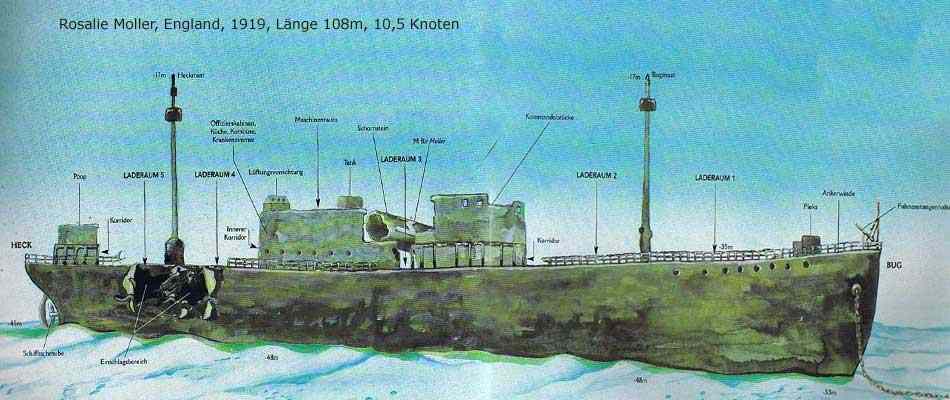
Miramar Single Ship Report for 1128015



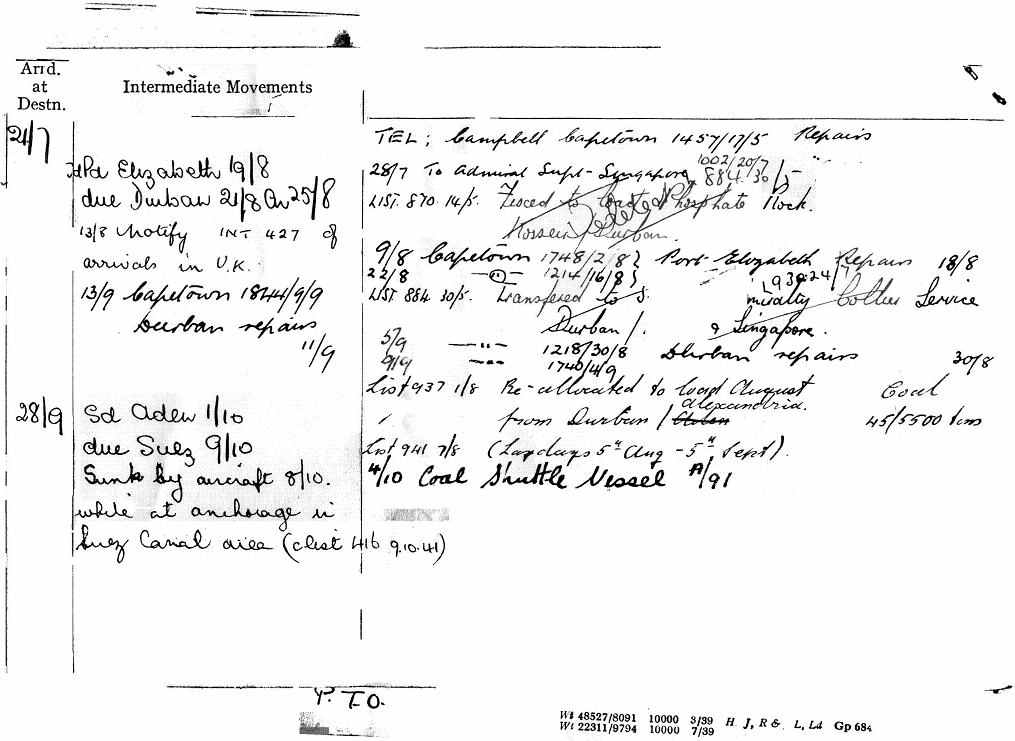
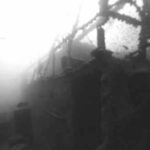
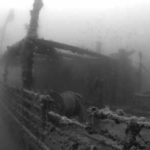
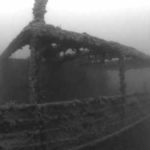
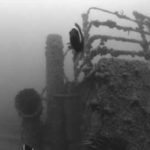
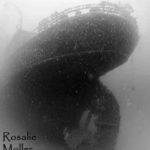
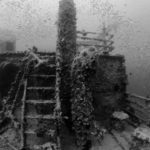
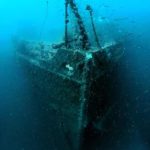
1 Comment
Needs to be updated.
Both Masts have now collapsed and lie over the port side.